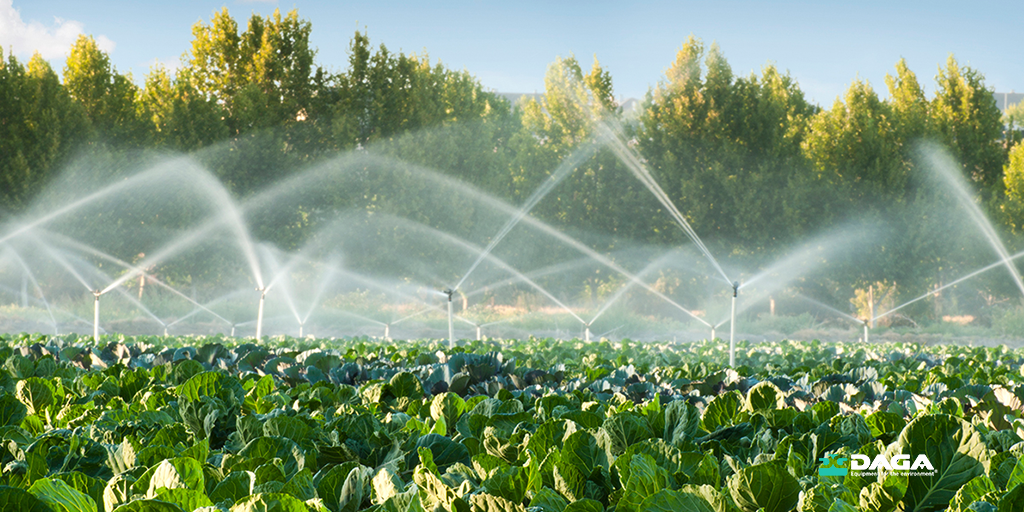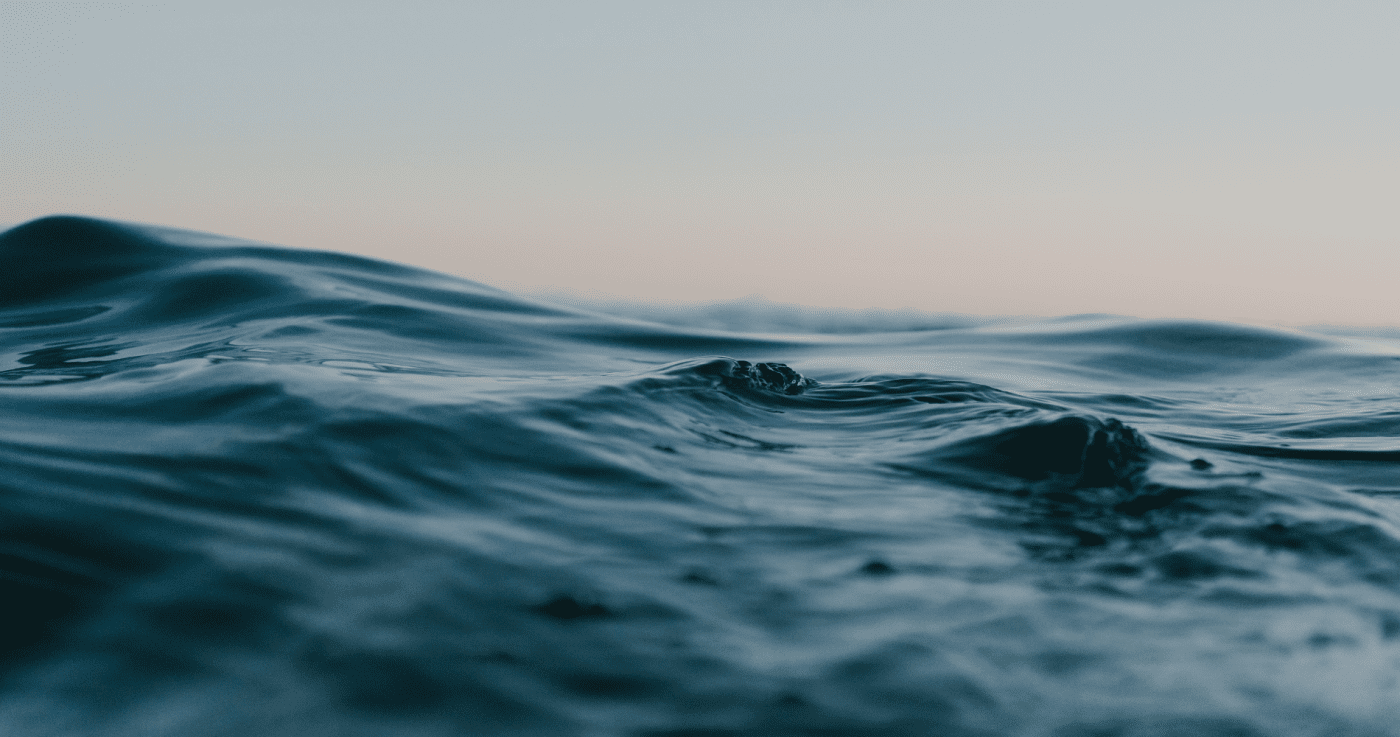
In November 2020, the Food and Agriculture Organization of the United Nations (FAO) released the 2020 State of Food and Agriculture (SOFA) report. More of 200 pages in which the organization presents new estimates on the omnipresence of water scarcity in irrigated agriculture and water scarcity in rainfed agriculture, as well as on the number of people affected around the world.
The conclusions are not surprising, FAO stresses that urgent action is needed to make the use of water in agriculture more sustainable and equitable.
The conclusions are not surprising, FAO stresses that urgent action is needed to make the use of water in agriculture more sustainable and equitable.
A water shortage that keeps getting worse
Almost three decades ago, in 1993, the SOFA report already focused on the problem related to water. So, the study focused mainly on irrigation. The new edition more broadly covers water-related challenges in rainfed agriculture (more than 80% of cultivated land and 60% of world crop production). Be that as it may, comparatively, it is striking that the conclusions presented then are still valid and fit today.
Perhaps, then, the threats detected were not considered dangerous enough, but the message from FAO in 2020 is even stronger. “Water deficits and scarcity in agriculture must be addressed immediately and boldly if we are to take seriously our commitment to achieving the SDGs. Global food security and nutrition are at stake, "read the foreword to the report, signed by FAO Director-General QU Dongyu.
And it is that there are more than 3,000 million people who live in agricultural areas with high or very high levels of water scarcity. Of these, about half face serious limitations in this regard. At the same time, in the last 20 years, the availability of freshwater resources per person has decreased by more than 20% worldwide.
Perhaps, then, the threats detected were not considered dangerous enough, but the message from FAO in 2020 is even stronger. “Water deficits and scarcity in agriculture must be addressed immediately and boldly if we are to take seriously our commitment to achieving the SDGs. Global food security and nutrition are at stake, "read the foreword to the report, signed by FAO Director-General QU Dongyu.
And it is that there are more than 3,000 million people who live in agricultural areas with high or very high levels of water scarcity. Of these, about half face serious limitations in this regard. At the same time, in the last 20 years, the availability of freshwater resources per person has decreased by more than 20% worldwide.
Better management and more innovation
SOFA provides, for the first time, a representation of the current situation broken down by area. Something that, when combined with historical data on the frequency of droughts, allows a more comprehensive assessment of water limitations in food production. Thus, although the conclusions drawn are not strange, the report is of great value due to the specificity of the data it exhibits.
Overall, the importance of producing more with less is underlined, especially in agriculture, the world's largest water user. Improving water management, along with the support of strong institutions and effective governance, is essential to ensure global food security and nutrition and contribute to the Sustainable Development Goals (SDGs). However, there is an urgent need to adopt sound water resource accounting, clear allocation, and modern technologies, as well as switch to crops that consume less water.
FAO is the body responsible for indicator 6.4.2 of the SDGs, which measures the pressure of human activities on natural freshwater resources. In the SOFA, it admits that the internationally agreed commitments regarding the SDGs are still possible, but only if there is “a more productive and sustainable use of fresh water and rainwater in agriculture”, which represent more than 70% of withdrawals world water.
You can read the full report here.
Overall, the importance of producing more with less is underlined, especially in agriculture, the world's largest water user. Improving water management, along with the support of strong institutions and effective governance, is essential to ensure global food security and nutrition and contribute to the Sustainable Development Goals (SDGs). However, there is an urgent need to adopt sound water resource accounting, clear allocation, and modern technologies, as well as switch to crops that consume less water.
FAO is the body responsible for indicator 6.4.2 of the SDGs, which measures the pressure of human activities on natural freshwater resources. In the SOFA, it admits that the internationally agreed commitments regarding the SDGs are still possible, but only if there is “a more productive and sustainable use of fresh water and rainwater in agriculture”, which represent more than 70% of withdrawals world water.
You can read the full report here.
DAGA, commitment to constant innovation
For more than six decades, at DAGA we have been working on the development of equipment for the treatment of wastewater (WWTP), equipment for the treatment of industrial effluents and equipment for the filtration and removal of irrigation water.
In this last area, we are characterized by an efficient separation of solids, the high capacity for sieving water in channels and ponds and the durability of the equipment.
Our products are the reflection of the values of an industrial group committed to the environment and, in particular, to the water cycle.
Keep reading other articles of interest on the DAGA blog.
In this last area, we are characterized by an efficient separation of solids, the high capacity for sieving water in channels and ponds and the durability of the equipment.
Our products are the reflection of the values of an industrial group committed to the environment and, in particular, to the water cycle.
Keep reading other articles of interest on the DAGA blog.


